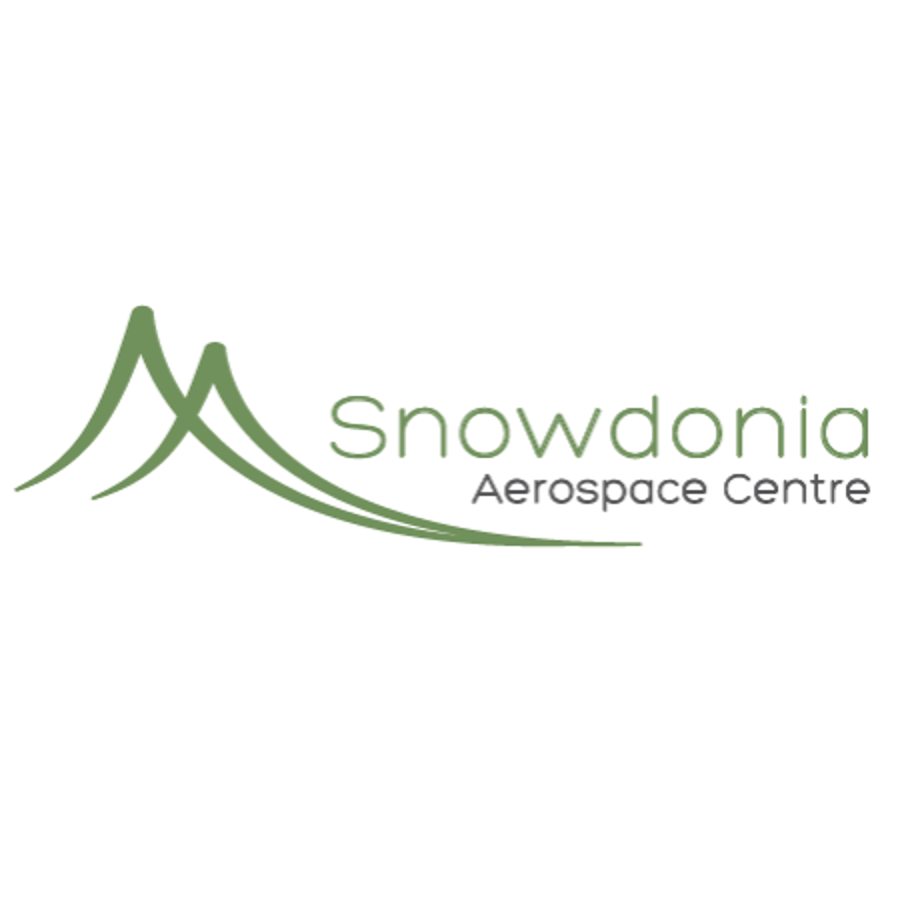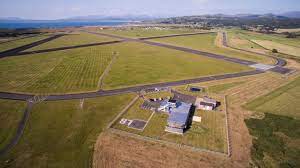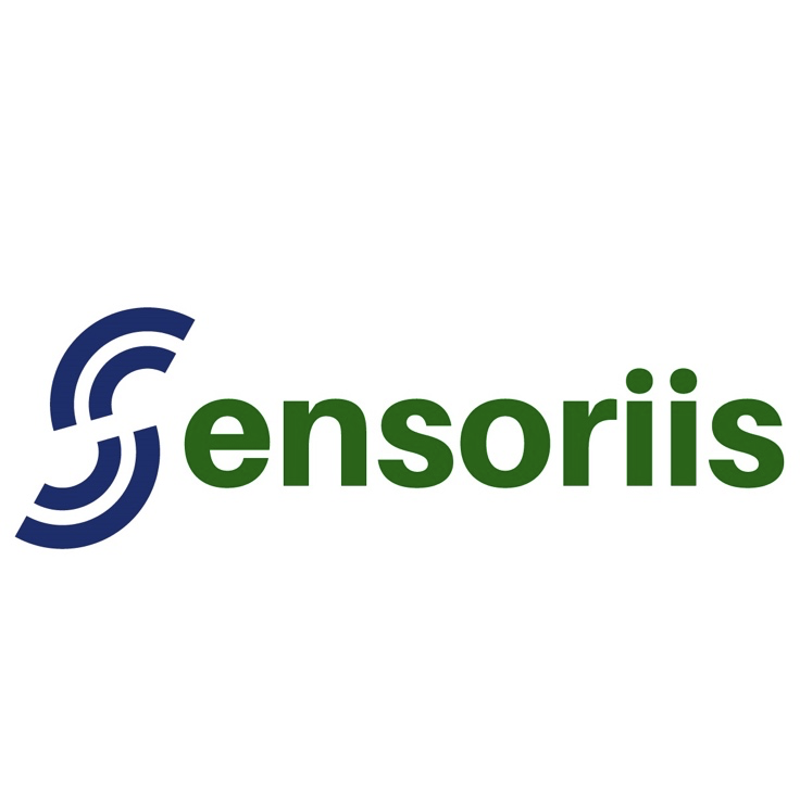Cambridge Sensoriis Ltd, an ARPAS-UK member with deep expertise in radar technology, has been awarded a NATEP (National Aerospace Technology Exploitation Programme) grant to deliver an ultra-lightweight onboard Detection and Avoidance Radar Tracking (oDART) avionics system. oDART leverages micro radar technologies that have been specifically developed for low altitude flight onboard Uncrewed Aerial Systems (UAS) and shall adapt and introduce these into crewed aircraft.
Our edge-cutting radar technology will support navigation, collision avoidance, and airspace deconfliction, during the critical take-off and landing phases of flight. Few competing micro–Air-To-Air Radar (ATAR) exist, and those that do have been designed for light-aircraft obstacle detection at high altitudes and are often ineffective at lower altitudes.
Dr. Steve Clark, Founder and CEO of Cambridge Sensoriis
High frequency radar provides excellent all weather object detection performance but has traditionally been large and expensive. Cambridge Sensoriis has designed a low Size, Weight, Power, and cost (SWaPc) radar, suitable for object detection. Other technologies have limited ability to distinguish between low flying small aircraft and ground-based structures like cranes, larger antenna, or electricity pylons. oDART supports reduced crew operation – part of the Aerospace Technology Institute (ATI) Advanced Systems stream – by providing greater and relevant situational awareness of flying and ground-based obstructions. Resilient pilot supporting systems are essential, especially within congested urban airspace.
Project oDART falls within the ATI strategy of accelerating the introduction of novel aircraft platforms to establish the UK as a global leader for Net Zero aerospace. I am delighted to be supporting Cambridge Sensoriis and I am just as enthusiastic as them to help develop their product and see it being brought to market.
Dave Howells, NATEP Technology Manager, who has supported project oDART since its application was submitted
Novel aircraft include battery powered eVTOLs (electric Vertical Take-Off and Landing aircraft) – these are an integral part of the route towards zero carbon aviation which is a further ATI strategic objective. Safe and certified eVTOL flight will require advanced supporting avionics systems, such as those proposed within the oDART program.
Cambridge Sensoriis is the project lead of this 18-month project which launched in June 2023, and
they will be supported by other funded project partners, including ARPAS-UK members Across Safety Development and TEKTowr. Across Safety Development are specialists in safety management and regulatory affairs, providing expertise across all aspects of the aviation industry, and have facilitated CAA approvals for numerous projects in the UK and abroad.
Bringing certified UAS, motors, and components to market will be a game changer and will establish leading positions for forward thinking developers. With our experience in regulatory affairs, and our understanding of current and proposed regulations, we can help manufacturers such as Cambridge Sensoriis with the planning and implementation of a workable certification strategy.
Anthony Venetz, Managing Director of Across Safety Development
TEKTowr is an engineering solutions company bringing innovative products and services to market within safety-critical, security-critical software environments. Matt Banham and his engineers have decades experience in high-integrity software engineering.
More about Cambridge Sensoriis
Cambridge Sensoriis is a UK company with deep domain expertise in radar technology, whose mission has been to develop radar solutions in a micro form that are suitable for deployment on Uncrewed Aerial Systems, to support collision avoidance, and autonomous landing.
More about The National Aerospace Technology Exploitation Programme (NATEP)
The Aerospace Growth Partnership developed the National Aerospace Technology Exploitation
Programme (NATEP) aimed at small and medium sized suppliers to help them develop their own
innovative technologies to enhance their capabilities and increase their ability to win new business
with higher tier companies anywhere in the world.
11 December 2023












